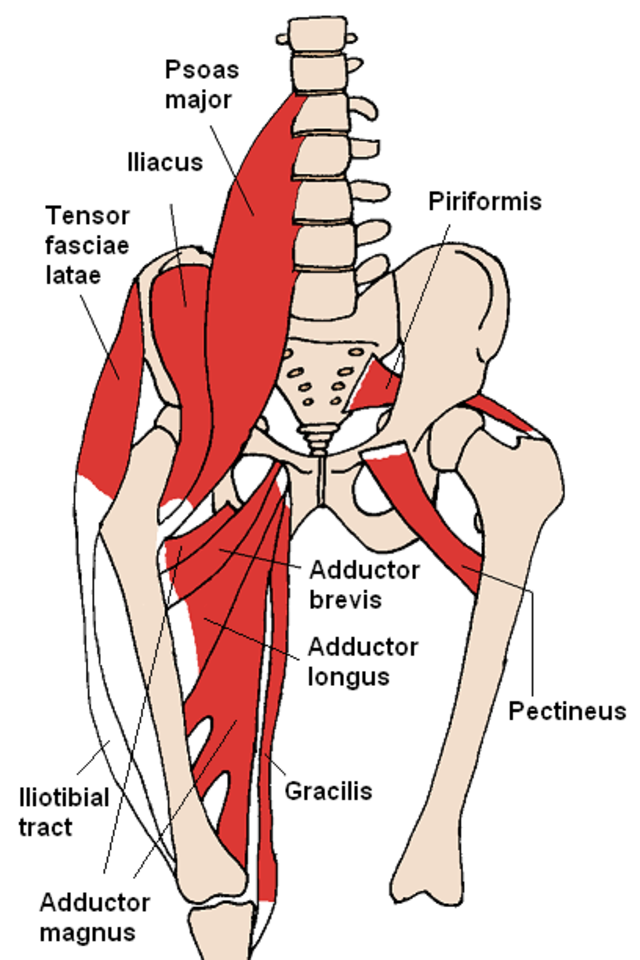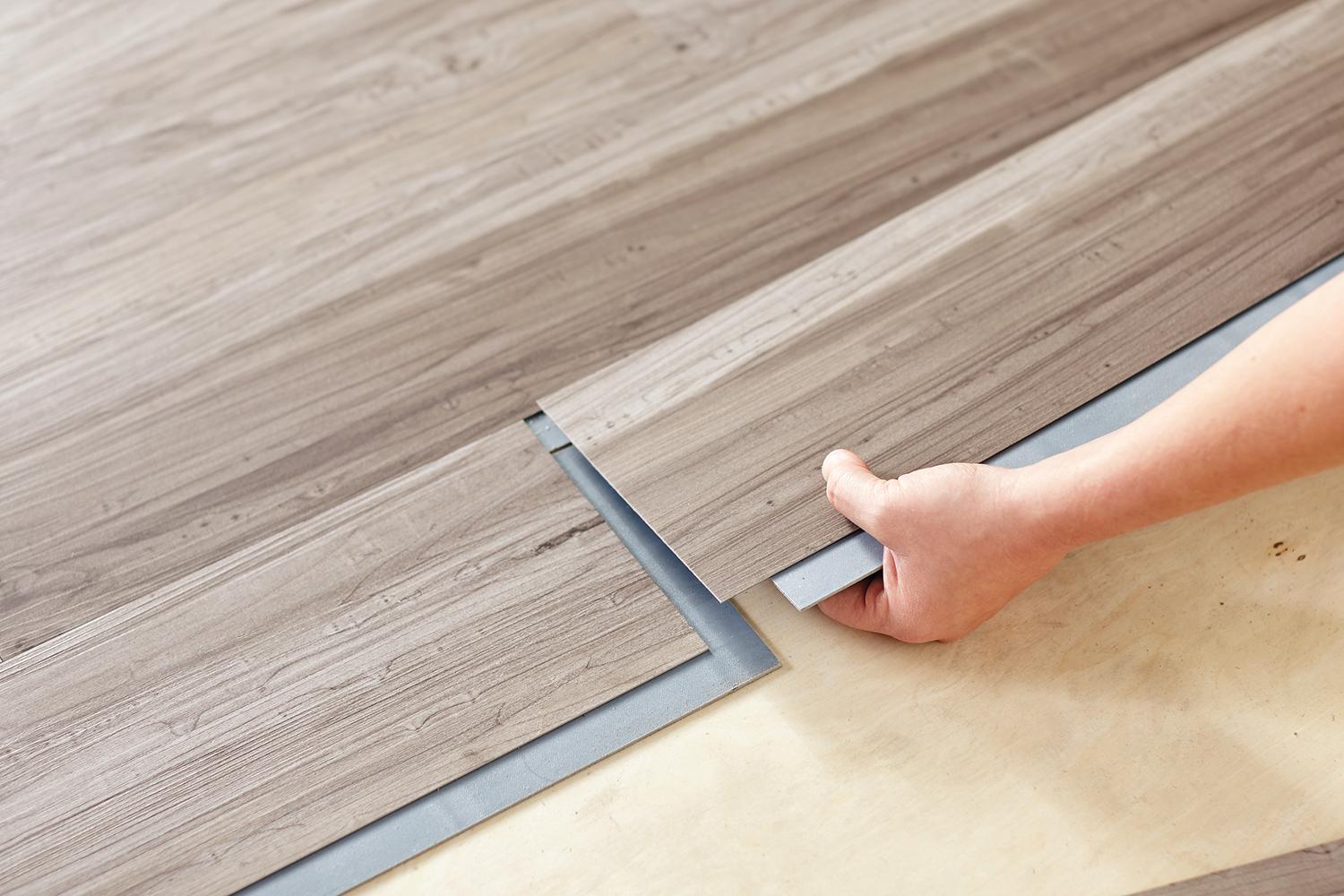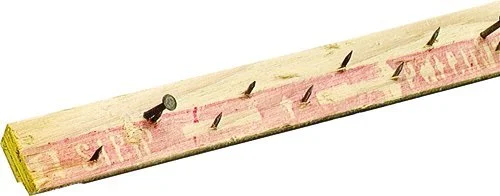What's the best type of floor for a home dance studio?
/So you are building a dance studio at home to give yourself more time to practice. Next to the mirrors, the flooring is the most important part. A bad floor can make it really difficult to practice. Worse, you may injure yourself. A nice floor also improves the look of the studio. There are three great options when deciding what kind of floor you want to put down in your home dance studio. Each one has their pros and cons, so it’s worth spending some time thinking about what you want out of your floor.
Any of these flooring options below would be great for any style of dance. Because there is so much range between types of flooring even within a category, it is important to consider the primary style of dance for each floor.
Before you get started on putting your own floor down, make sure you are familiar with the basics of home improvement. Best case scenario, you waste materials and end up a few hundred dollars out. Worst case scenario, you cause permanent damage to your studio or hurt yourself. Spend some time reading up on home improvement, including when to use the correct tools and what safety equipment you should have before starting any project.
Laminate flooring
Laminate is a great material for a home dance studio or even a small commercial dance studio. The main advantage is that laminate is the cheapest material to put down on top of an existing floor. Laminate can be as cheap as 3 dollars per square foot, meaning that it will only cost a few thousand to cover an 800 square foot studio.
In laying down laminate flooring, keep in mind that you will absolutely need to put down an underlayment, which is a material that goes in between the laminate floor and the base floor. If the base floor is plywood, the laminate will be very loud when you dance across the floor without underlayment. If you have concrete underneath, the underlayment will protect your joints from impact and will help keep moisture from damaging the concrete / laminate. As an added bonus, regardless of the base floor, the underlayment will help minimize imperfections in the floor, so you’ll be less likely to feel bumps in the floor.
Hard wood flooring
Hard wood is the classic floor that you will find in most every dance studio. Hard wood flooring can be very expensive, but it gives you the classic studio feel that is so appealing to others. Hard wood studios are professional and can greatly boost your clientele.
The down side of hard wood floors is that they can get damaged easily if they are not protected with a layer of lacquer. Because hard wood floors can be damaged, tap dance would very quickly cause several dents and pits, ruining your costly floors. Latin dance styles and ballroom are usually performed on hard wood floors.
Vinyl flooring
There are two types of vinyl floors. Hard vinyl is much more similar to hard wood floors. But, the upside to vinyl is that they are actually stronger and more resilient than a hard wood floor, and therefore much more resistant to damage, making it great for tap. They also usually have a little more give than a hard wood floor, so dancing hip hop or contemporary won’t be as painful. These hard vinyl floors get printed with so many designs, and some flooring patterns look exactly like wood. Other patterns can give your studio a completely different feel, if you choose so.
The soft vinyl flooring, also called marley, is what you can put down on top of another base floor. Marley is a little bit sticky, so turning on marley causes friction.












